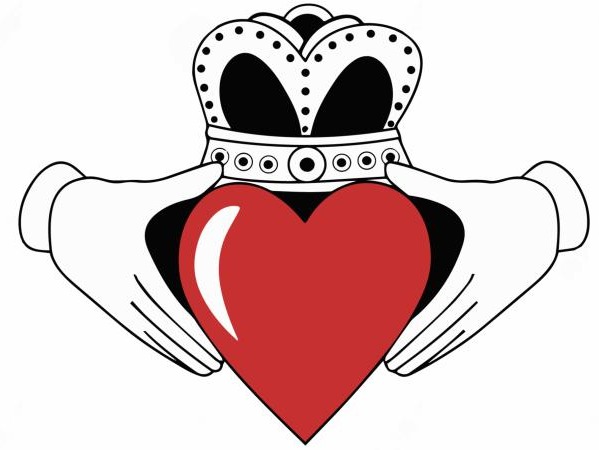
The Magic of Anchor Positioning in CSS
Cascading Style Sheets (CSS) are at the heart of web design, and the introduction of Anchor Positioning is a promising addition to this powerful toolset. Although it's not as groundbreaking as Flexbox or Grid, Anchor Positioning is patching a long-existing gap, adding depth to the ways we style our web pages. Anchor Positioning allows an anchor element to serve as a reference, giving a stable base for positioning other elements, known as targets.
Quirks and Their Impacts
CSS Anchor Positioning, like many new technologies, comes with its share of quirks. Perhaps it's no surprise that developers have encountered magical-seeming behavior when using it. For instance, without a careful setup, targets might align at the last registered anchor rather than pairing with their nearest ones. This quirk became more evident in a stunning demonstration by Temani Afif, who paired Anchor Positioning with Scroll-Driven Animations to create an interactive, color-changing slider. Interestingly, this worked seamlessly without invoking the anchor-scope property, which intrigued web developers.
Understanding Containing Blocks
One part of this positioning magic relates to the element’s containing block. It plays a crucial role in determining how elements engage with Anchor Positioning. Learning the ins and outs of the containing block could unravel the enigma of why some examples work flawlessly without additional properties. For developers and curious minds eager to understand more about CSS intricacies, such details elevate their craft and fine-tune their designs.
Future Predictions and Trends
As Anchor Positioning evolves, its utility is expected to grow, potentially heralding more innovative uses in web design. As designers and developers delve deeper into these quirks, solutions and enhancements will emerge, making it more straightforward to implement complex, dynamic web layouts. It's a beckoning horizon for those in the industry to anticipate, as CSS continues to evolve and expand.
Unique Benefits of Knowing This Quirk
Having a good grasp of CSS quirks and peculiarities, like the behavior of Anchor Positioning, empowers web designers to craft more precise and engaging web experiences. Understanding these intricacies allows for smarter design interventions and problem-solving, leading to more efficient coding practices. It’s this mastery of details that can set apart professional-grade web development from the ordinary, allowing for seamless user experiences that stand out.
 Add Row
Add Row  Add
Add 




Write A Comment